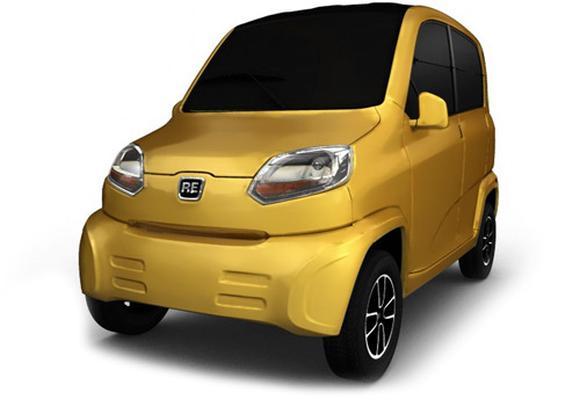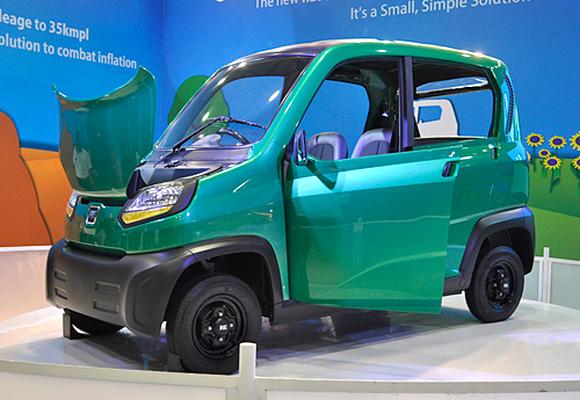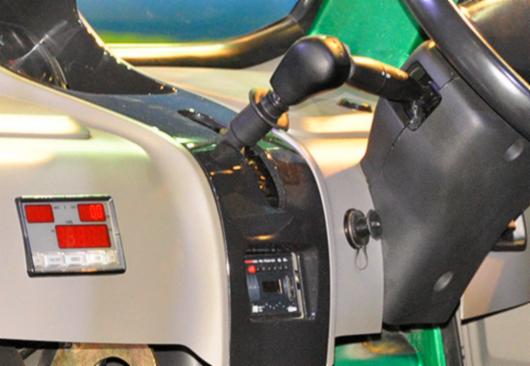Photographs: Courtesy, CarDekho Business Standard in New Delhi
The quadricycle would meet better emission and safety standards than the current three-wheeler does. It will also give a better ride, particularly during the monsoon.
Car manufacturers are intensively lobbying against Bajaj Auto's attempts at securing approval to market what it calls the "quadricycle" by seeking to meet weaker emission and safety standards than those applicable to cars.
They fear that if this is allowed, the upgraded four-wheel version of the currently ubiquitous three-wheeler will eat into the car market by offering a lower price. That is because lower standards will allow the use of cheaper technologies.
Mindful of this, Bajaj Auto has from the beginning carefully refrained from describing its product as a car.
...
Why Bajaj RE60 is a boon for public transport
Photographs: Reuters
The firm says it is proposing to essentially make an upgraded three-wheeler that will meet emission standards applicable to similar vehicles in Europe.
But while in Europe these are usually used by the old or very young (below driving-licence age) and treated as recreational vehicles, in India Bajaj Auto seeks to launch the quadricycle not just on city roads but highways too, and aim at volume sales.
In the first place, the quadricycle is unlikely to pose any challenge to cars. The disappointing sales of Tata Motors' Nano should make it clear that the Indian consumer does not go for a car simply because it is cheap, even if it scores well technologically.
The declining popularity of the Maruti 800, even when it was available in cities, further underlines this preference.
...
Why Bajaj RE60 is a boon for public transport
Photographs: Courtesy, CarDekho
Indians apparently want their cars to give a minimum feeling of substance and be able to take in at least a small family and some luggage to boot. So car manufacturers' apprehension of market loss appears misplaced.
The real issue is whether the quadricycle will offer a better experience to those who now use three-wheelers and improve Indian road traffic conditions, public transport and urban air quality by eating into the three-wheeler market.
The quadricycle should certainly meet better emission and safety standards than the current three-wheeler does. It can certainly be expected to give a better ride, particularly during the monsoon.
Quadricycles can, in fact, contribute usefully to the promotion of multimodal urban transport by being an upgraded last link.
...
Why Bajaj RE60 is a boon for public transport
Photographs: Courtesy, CarDekho
Their usefulness can go up many times if they are battery-powered, as that will contribute substantially to the reduction of urban auto pollution. This should be encouraged - not imposed - through tax incentives.
Thus, the advantages of the quadricycle appear heavily loaded in favour of it being used as a mode of public transport.
Since it will not be any improvement on present options for private cars and, in any case, not many seeking to own cars are likely to want to acquire it, the government can meet the demands of car manufacturers in part by allowing the use of quadricycle only for public transport.
The broader point to remember is that the quadricycle is an incremental innovative step forward in its class; and since an Indian company has chosen to be seriously innovative, it should be welcomed.
Short-sighted corporate rivalry should not be allowed to come in the way.






article